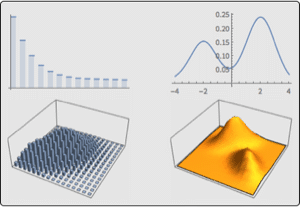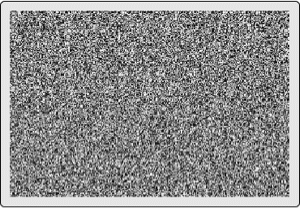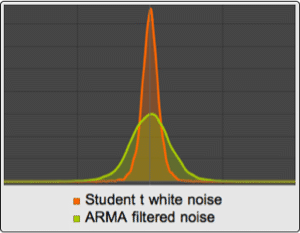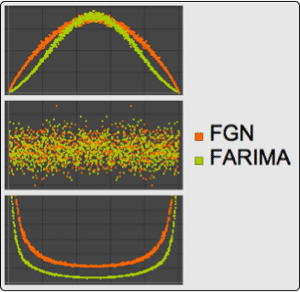Track Lizard Movement with a Capture-Recapture Model
This example illustrates using a hidden Markov model to reconstruct the most probable lizard migration pattern, as well as estimate a lizard's expected lifespan from a sequence of incomplete trapping records.
Lizards move between three zones represented by states 2, 3, 4. When they die they transition into state 1. Each lizard is initially tagged.
 |
At each time  , 25 lizards are captured, each lizard's zone is recorded, and they are released. The recorded 1, 2, or 3 corresponds to an actual zone, while 4 represents a missing value that could mean that the lizard was not captured or that it is dead.
, 25 lizards are captured, each lizard's zone is recorded, and they are released. The recorded 1, 2, or 3 corresponds to an actual zone, while 4 represents a missing value that could mean that the lizard was not captured or that it is dead.
| In[1]:= | X |
Estimate a 4-state, 4-emission hidden Markov process from the data.
| In[2]:= | X |
| Out[2]= |  |
Find the most likely movement pattern for the first lizard.
| In[3]:= | X |
| Out[3]= |
In the preceding sequence the state 1, death, is an absorbing state.
| In[4]:= | X |
| Out[4]= |
The mean time to death.
| In[5]:= | X |
| Out[5]= |
























